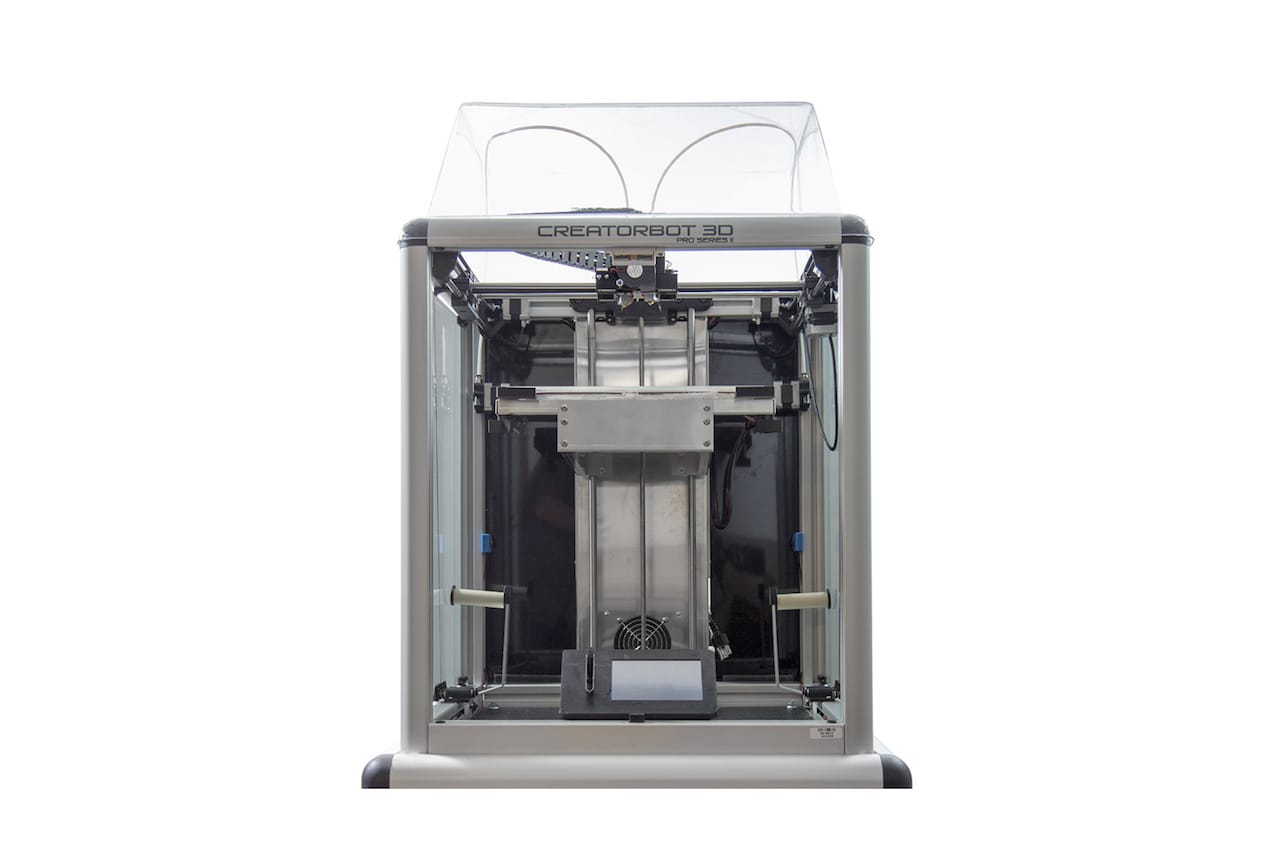
In the past year or so we’ve been referring to something we call “professional” desktop 3D printers.
These are devices that might visually appear to be similar to the “personal” or “consumer” desktop 3D printers of the past, but they are quite different, as they have evolved to include features well beyond what a hobbyist may require.
Years ago there seemed to be only two kinds of 3D printers: industrial and personal, and there was quite a difference. The industrial machines could attempt to 3D print different types of engineering materials and could operate for much longer periods of time – reliably.
Meanwhile, the personal machines of the day were slow and limited to only a couple of materials, typically PLA and ABS. ABS was considered the “engineering” material of the day, simply because it was somewhat better than PLA. But it really didn’t hit the mark for many designers seeking functional prototypes.
When the consumer crash of 2014 happened in the world of 3D printing, 3D printer manufacturers were faced with a dilemma: the huge consumer market they had anticipated wasn’t going to show up. As a result, most equipment manufacturers (and services, material suppliers and software makers) increasingly turned to two markets to sell their wares: education and what I call “professionals”.
The professionals were those requiring the machines for specific business uses: making prototype parts and models. This scope included such disciplines as engineering and architecture, and those, particularly engineering, required new materials to do their job properly.
Thus most 3D printer manufacturers gradually enabled their equipment to handle many more types of materials. Nylon, Carbon fiber, and even metal filaments emerged and could be successfully 3D printed on a new class of machines. These machines also typically enable the use of soluble support material, which means extremely complex and accurate 3D prints can be achieved. I’ve been calling them “professional” for a while now. They are distinct from the consumer, hobby and some educational machines you see on the market.
I was quite pleased to see that someone else has also recognized this phenomenon: Market analyst CONTEXT issued a new report where they describe “professional” 3D printers. They explain:
3D printer shipments increased 38% year-on-year in the first half of 2017, driven by soaring growth in a new Professional sub-category which straddles the traditional Industrial and Personal/Desktop markets, according to market analyst CONTEXT.
Here’s something interesting:
At first glance, the market appeared to be driven by unit shipments in the Personal/Desktop space, which saw growth of 39%, while Industrial/Professional shipments slumped 6%. However, the new grouping reveals 64% growth year-on-year for 3D printers in the Professional category, outperforming another sub-class: personal sub-$2,500 printers, which increased by 36%.
Professional products can be found in both the Personal/Desktop and the Industrial/Professional markets, with a price range of $2,500-$20,000. Leaders in this sub-class include Ultimaker, Formlabs, Leapfrog, MakerBot (Stratasys) and Markforged.
Meanwhile, Personal sub-$2,500 printers comprised the vast majority (85%) of the 200,509 printers shipped in the overall Personal/Desktop market in the first half of 2017.
The sub-$2,500 market as above comprises the majority of the shipments, but those machines typically have a very slim profit margin. The big money is to be had in the intermediate machines marketed to professionals.
There are an enormous number of professionals across the world, and today most of them likely do not have a 3D printer in their workplace. That’s the market that is being pursued by most of the manufacturers.
Meanwhile, the competition is very stiff in the sub-$2,500 market, with low-cost equipment from M3D, XYZPrinting, Monoprice, Prusa and a few others dominating. These companies are already at scale at thus it would be tremendously difficult for a new entrant to enter that market.
It’s far easier to enter the more profitable professional market with a machine that offers value. And that’s why that market is so interesting these days.
Via CONTEXT

